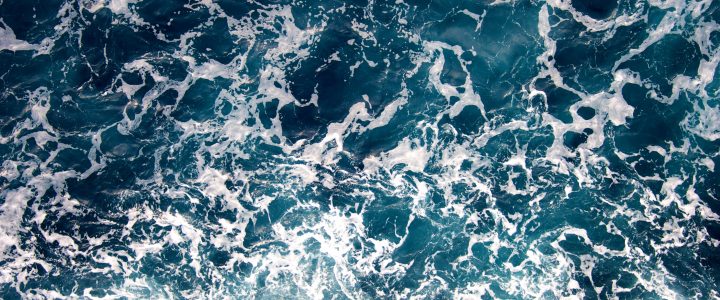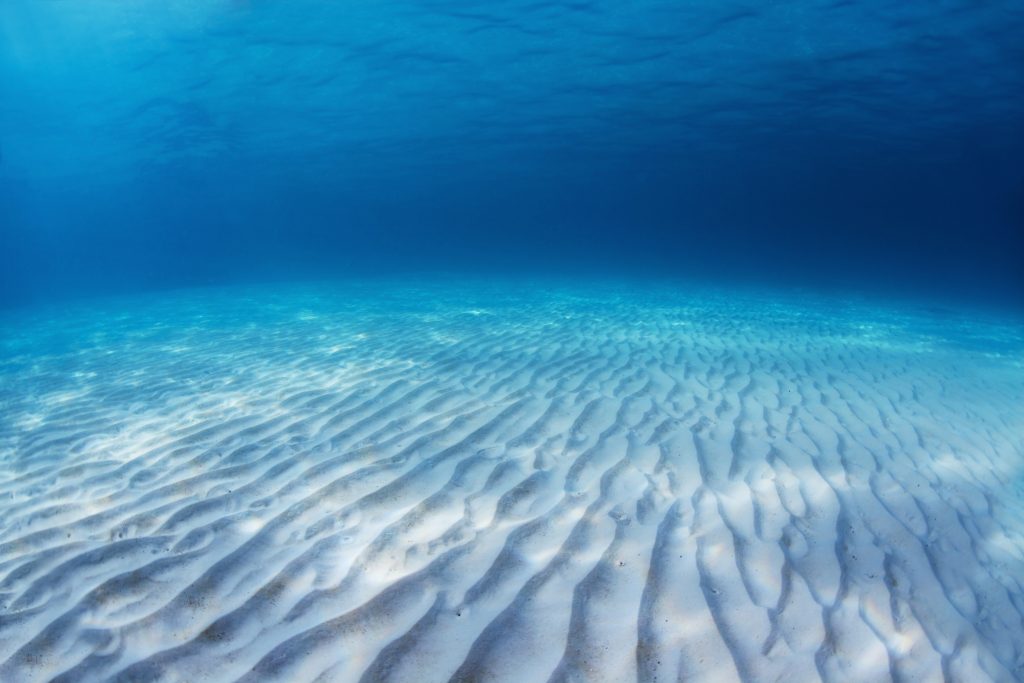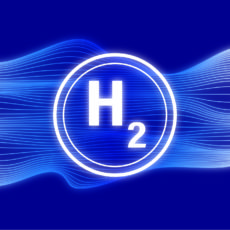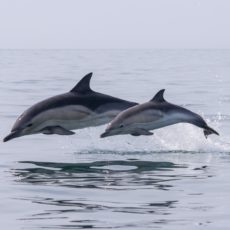
Tomorrow is World Oceans Day, a global day of ocean celebration and collaboration for a better future. Only one day a year doesn’t seem enough celebration for the mechanism that generates oxygen we breathe (half of the oxygen we breathe comes from plankton), feeds us (15% of our global diet), and helps to regulate our climate (carbon sequestration).

We previously examined the carbon sequestration provided by our forests, that which absorbs a third of our anthropogenic emissions. Not to be outdone, our ocean is another important factor by absorbing almost 30% of our anthropogenic emissions through Carbon Sequestration.
A portion of atmospheric CO2 is captured by the ocean naturally, through physical and chemical processes on the surface, before being pulled to the depths. This process, known as carbon sequestration, is in other words a huge carbon sink. There the CO2 is absorbed by Phytoplankton (microscopic marine algae) and transforms it into oxygen through photosynthesis. The carbon is emitted as droppings and slowly sinks to the bottom of the ocean. What is not consumed by marine life (around 10%) is buried in the sediment on the ocean floor, beginning the transformative process back into hydrocarbons. Other planktonic organisms consume the remaining 90%.

The level of carbon dioxide in our ocean has increased since the Industrial Revolution, from around 280 parts per million to 390 ppm today. This increase in carbon has in turn made the ocean waters become steadily more acidic. Scientists understand that unless we curb our CO2 emissions, both the level of carbon and acidity of our oceans will significantly rise.
Marine biologists have been studying the effects of a CO2 increase on marine life. They have found that juveniles have trouble adapting and their growth is stunted. Urchins that require calcium carbonate dissolved in the seawater to grow their hard shells struggle in the new environment as increased acidic levels dissolve the calcium carbonate structures.
During the mid 1990’s, scientists began to theorize about experiments involving injecting CO2 directly to the depths to study the effects. The theory was the CO2 would liquefy and sink to the seabed but there was no understanding of the effect to sea life and how long sequestration would take (if at all). By the start of this century, attempts were made to make the experiments a reality off the coast of Hawaii and Norway. Both received enough protests from locals, fisherman and conservation groups to end the projects.
As with the carbon sequestration of our forests, more research is required to understand the sequestration in our oceans. But current data provides us with enough information to understand that a rise in the global CO2 levels has adverse effects on our ocean. On World Oceans Day, please remember how vital the ocean is to our survival, how vulnerable it is to climate change and challenge yourself to help protect it for future generations by living the most sustainable lifestyle that you can.



